What is the tolerance range of precision screws?
What is the tolerance range of precision screws?
Service Hotline
+86760-8787 8587We have more than ten years of experience in the production of screw industry, the main products are: flat head pin direct sales, butterfly screws, anti-slip bolts, conical washers, connection model aircraft body aluminum rod internal hexagon nuts, extended expansion bolts, extended full-tooth external hexagon screws, Zinc alloy internal and external teeth nuts, C-type spring steel washers, internal hexagon screws, hot-dip galvanized screws, self-locking thickened nuts, furniture splint nuts, flat tail machine screws, color zinc hexagon nuts and other fasteners, due to the product material Different specifications and different prices, please contact us if necessary.


Pin riveting is an important procedure in the production process. At first, people used manual work, which has low production efficiency, high production cost, and high defect rate of products produced. Later, a pin riveting machine appeared. The pin riveting machine is a For riveting and pinning of hardware products, the pin riveting machine can complete the operation of pin loading and riveting pins, and the pin riveting machine reduces the process of pin loading and riveting pins in the hardware production process. However, its structural design is unreasonable and the operation is very inconvenient
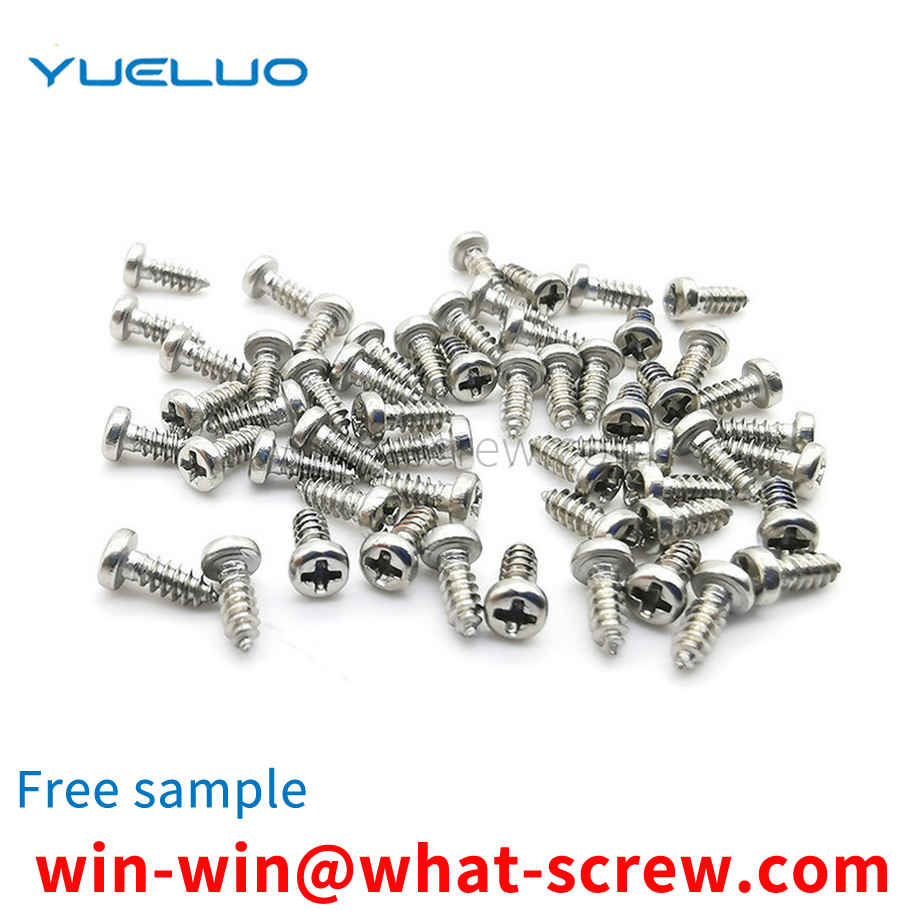
① Nominal thread outer diameter (thread specification): divided into metric system and inch system. Metric thread → common specifications are 2; 2.3; 2.5; 2.6; 2.9; 3; 3.1; 3.5; 4; 4.2; 4.5; The unit is mm (millimeters). Inch thread→ Common specifications are 2#;4#;6#;8#;10#;12#;1/4;7/32;5/16;3/8;1/2 ;9/16;3/ 4. The unit is in (inches). ② Number of teeth/pitch: Definition of number of teeth → the number of teeth lines in one inch (25.4mm) length. Pitch Definition → Distance value between two adjacent threads. Conversion of number of teeth and pitch of teeth → pitch of teeth = 1 inch/number of teeth ③Nominal length: divided into metric system and inch system. Metric Nominal Length → Common values are 5, 6, 6.5, 7, 8, 9, 9.5, 10, 11, 12, 13, 14, 15, 16, 18, 19, 20, 21, 25, 28, 30, 31 , 32, 35, 40, 42, 45, 50, 55, 60, 65, 70, 75, 80, 85, 90, 95, 100, 110, 120. The unit is mm (millimeters). Imperial Nominal Length → Common values are 1/4, 5/16, 3/8, 7/16, 1/2, 5/8, 3/4, 1, 2, 3. Units: in (inches). ④Head type: use letters to indicate the type of head type, please refer to the previous classification of commonly used screw head types. ⑤Tooth type/tail type: Use letters to indicate the type of tooth type/tail type, please refer to the previous Commonly used screw thread/tail type classification. ⑥Groove type: Please refer to the previous section Category of common screw groove types of our company. Cross-slotted or non-slotted (such as punched hexagon head screws) do not need to be marked here, and other groove types need to be described in words. ⑦Special labeling: In general, no labeling is required. When expressing its characteristics, it is described in words at this position. For example: the specification name of the screw is described as 4-0.7x70PM±tooth length 35, which means 4 is the nominal diameter of the screw thread, 0.7 is the pitch, 70 is the nominal length of the screw, and P means its The head type is a pan head, M means its tooth type/tail type is a wire thread type, ± means its groove type is ± groove and can also be expressed by plus or minus groove. Tooth length 35 is special Mark, specify the thread length value of this screw.
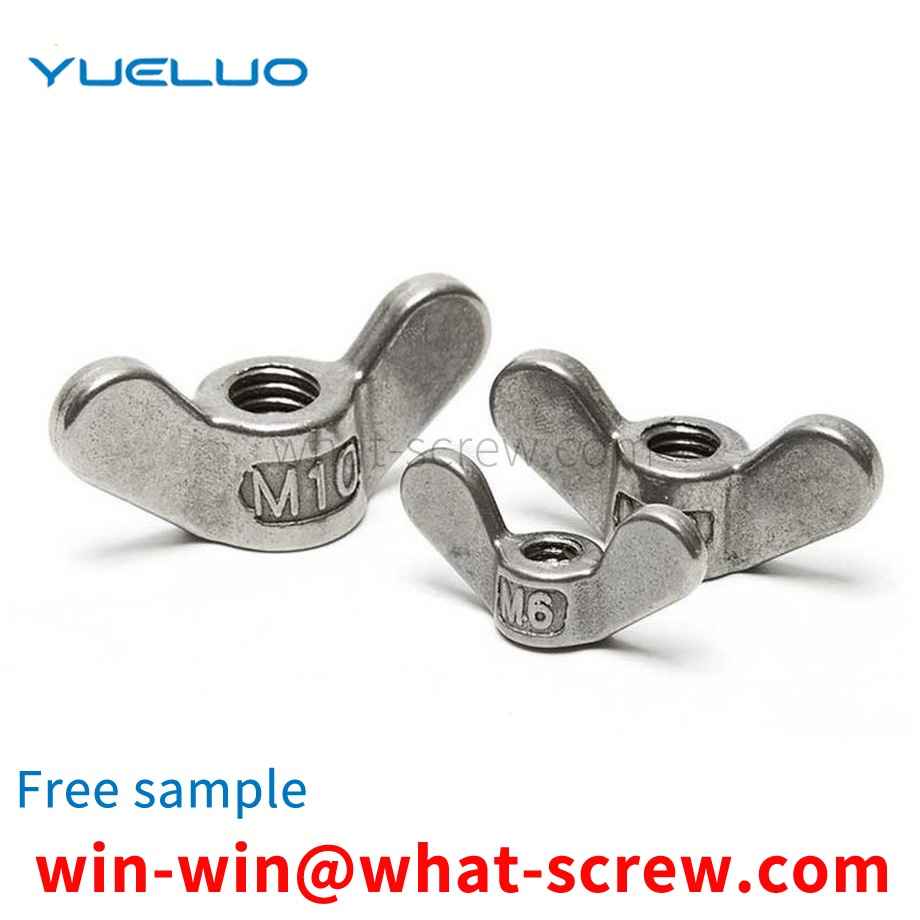
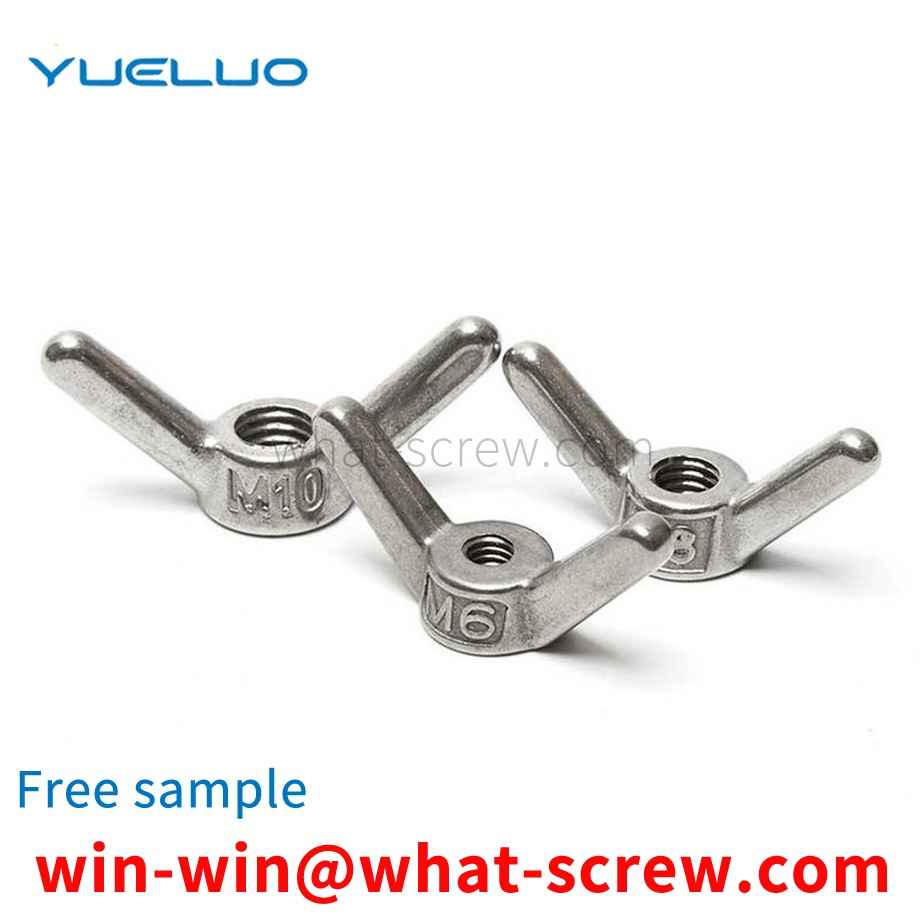
total of 13 domestic automotive fastener companies were interviewed and investigated in this survey, and all the companies under investigation have passed the TS16949 system certification. An average car has about 1500 fasteners, and the total bolt assembly time for each car is about 2.5~3.2h. It can be seen that the variety and quality of fasteners have an important impact on the level of the main engine and the quality of the vehicle. This article analyzes the localization of high-strength threaded fasteners and the management of supply quality from the perspective of the production process of high-strength threaded fasteners. Product flow of high-strength threaded fasteners The production process of high-strength threaded fasteners is raw material transformation → cold heading forming → thread processing (thread rolling or thread rolling) → heat treatment → surface treatment → sorting and packaging, generally used above grade 10.9 Thread rolling process after heat treatment. The steel grades commonly used for high-strength bolts of automotive fastener materials are 35 steel, 45 steel, and ML35 steel for grade 8.8 bolts; 35CrMo for grade 10.9 bolts; 40Cr; 35CrMo, 42CrMo, and SCM435 for grade 12.9 bolts. The raw materials for domestic fasteners are basically in the hot-rolled state, while the steel for fasteners produced in Japan and other countries is basically in the state of direct cold heading. Users do not need pretreatment, which can reduce costs from the link. Common failure modes of fastener failure are assembly elongation, fatigue fracture, and delayed fracture. In addition to the material, the quality of cold heading forming and thread processing (thread rolling or thread rolling, tapping) threaded fasteners, forming equipment and thread processing equipment and molds (production process and equipment) are the key factors to ensure their quality. Especially in the state of large-scale and multi-variety supply, automotive fasteners that require high machining accuracy, how to ensure product consistency and defect prevention is one of the problems faced by fastener production. For the cold heading equipment and thread processing equipment of the investigated companies, domestic equipment accounts for about 40%, Taiwan equipment accounts for 50%, and imported (Europe, America, Japan) equipment accounts for about 10%; Partial folding, thread streamline upsetting, tooth wrinkles and cracks, etc. Domestic fastener factories are limited by capital or other reasons, and most of them use domestic equipment and Taiwan equipment to produce fasteners for automobiles. To ensure the dimensional tolerance and geometric tolerance of large-scale production of high-end fastener products, online monitoring should be increased. Means and mold making level. Eliminate unqualified products in production, so as to ensure the assembly quality of OEMs and OEMs. [1] About 80% of the surveyed fastener enterprises have heat treatment equipment, and most of them use Taiwan heat treatment process lines; the process line equipment is a continuous mesh belt furnace with atmosphere protection, and the atmosphere, temperature and process parameters are controlled by a computer. The high-strength fastener industry is a relatively competitive industry. If we want to have a thorough and objective analysis of the technology and market of the high-strength fastener industry, we need to start from the following aspects: domestic high-strength fasteners Industry and Enterprise Competition Pattern High-strength Fastener Industry Industrial Policy High-strength Fastener Product Technical Standards and Regulations my country's High-strength Fastener Product Technology Competition Pattern Dynamics Regarding these six aspects, many domestic research institutions have conducted in-depth research and research, and many institutions have long been engaged in research and research in this industry.
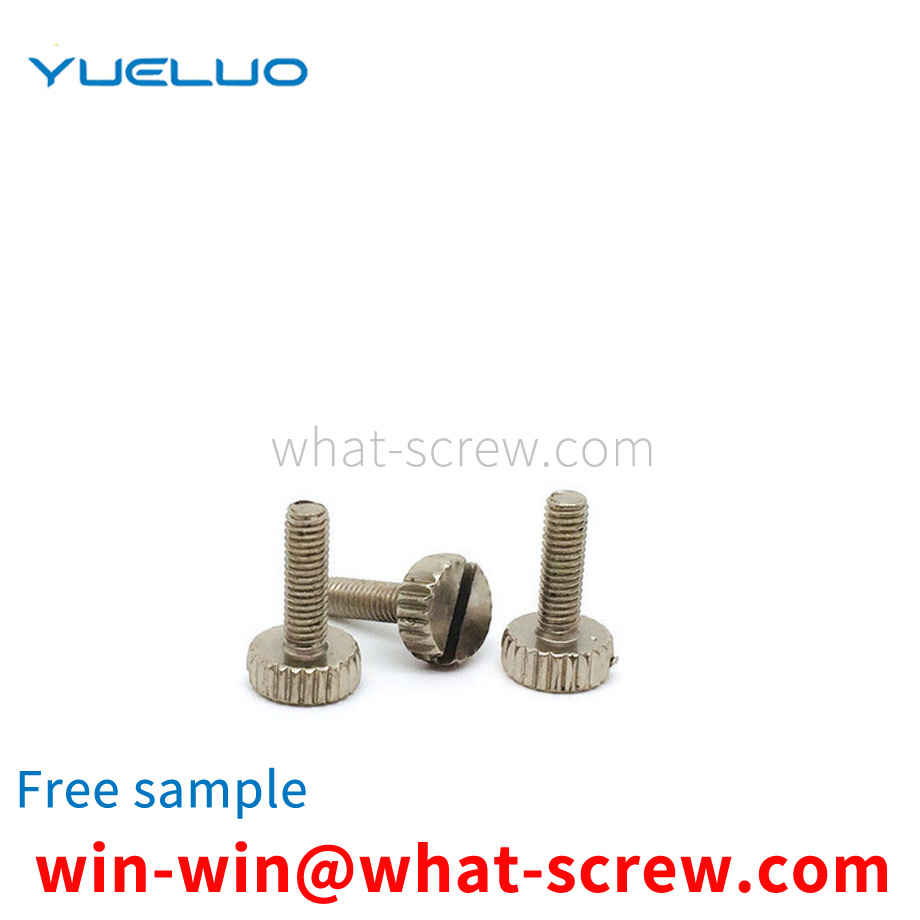
Hexagon head bolts are divided into two types: outer hexagon bolts and inner hexagon screws. According to the force mode of the connection, there are ordinary ones and those with reaming holes. The bolts used for reaming holes should be matched with the size of the holes and are used when receiving lateral force. According to the shape of the head, there are hexagonal head and round head. , square head, countersunk head, etc. Generally, the countersunk head is used in places where the surface is smooth and no protrusions are required after connection, because the countersunk head can be screwed into the part. The round head can also be screwed into the part. The tightening force of the square head can be Larger, but larger in size. Hexagons are the most commonly used. In addition, in order to meet the needs of locking after installation, there are holes in the head and holes in the rod. These holes can prevent the bolts from loosening when they are subjected to vibration.
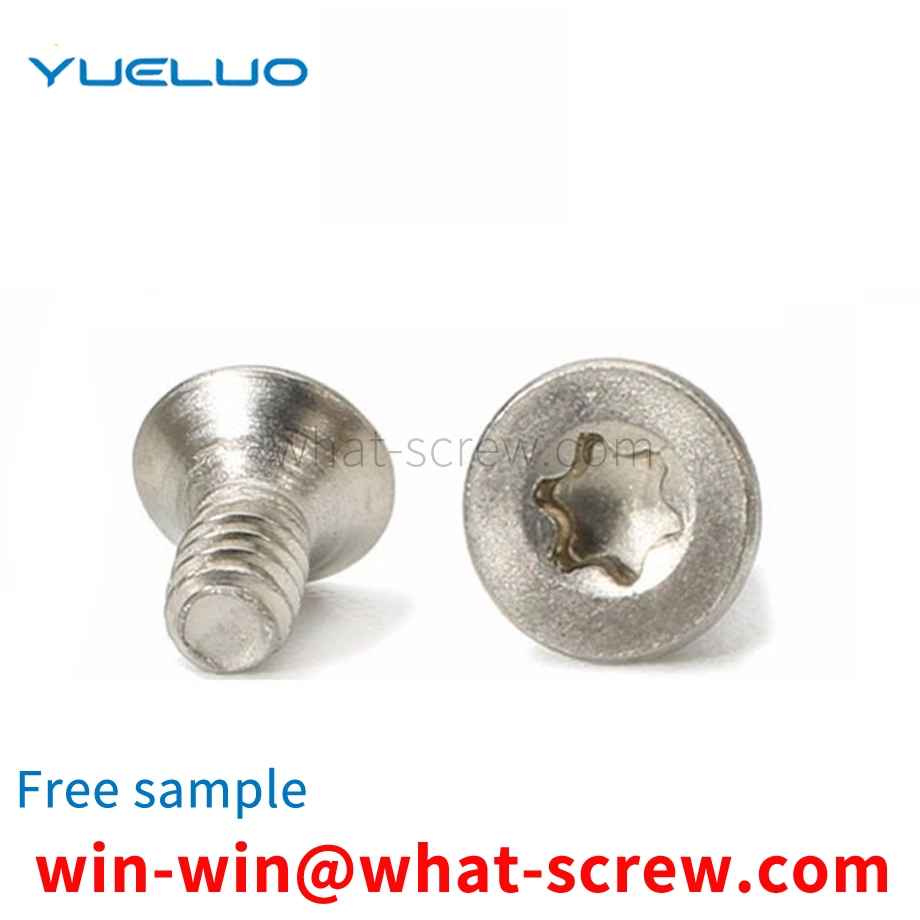
The above content is uploaded by Yueluo or the Internet. If there is any copyright issue, please contact [email protected].

What is the tolerance range of precision screws?

How to choose the right stainless steel screw manufacturer?

Why is there an R angle under the head of the hexagon head s...

We have more than ten years of experience in screw industry ...

We have more than ten years of experience in screw industry ...

We have more than ten years of experience in screw industry ...

We have more than ten years of production experience in the ...